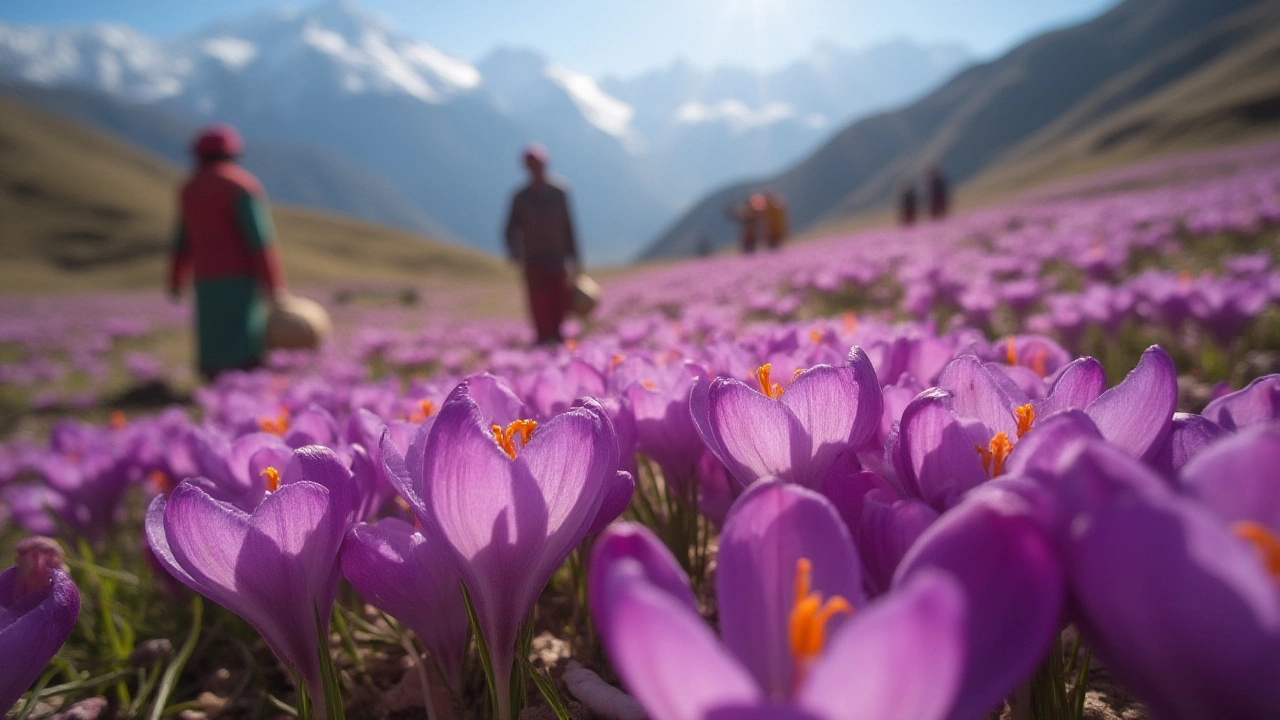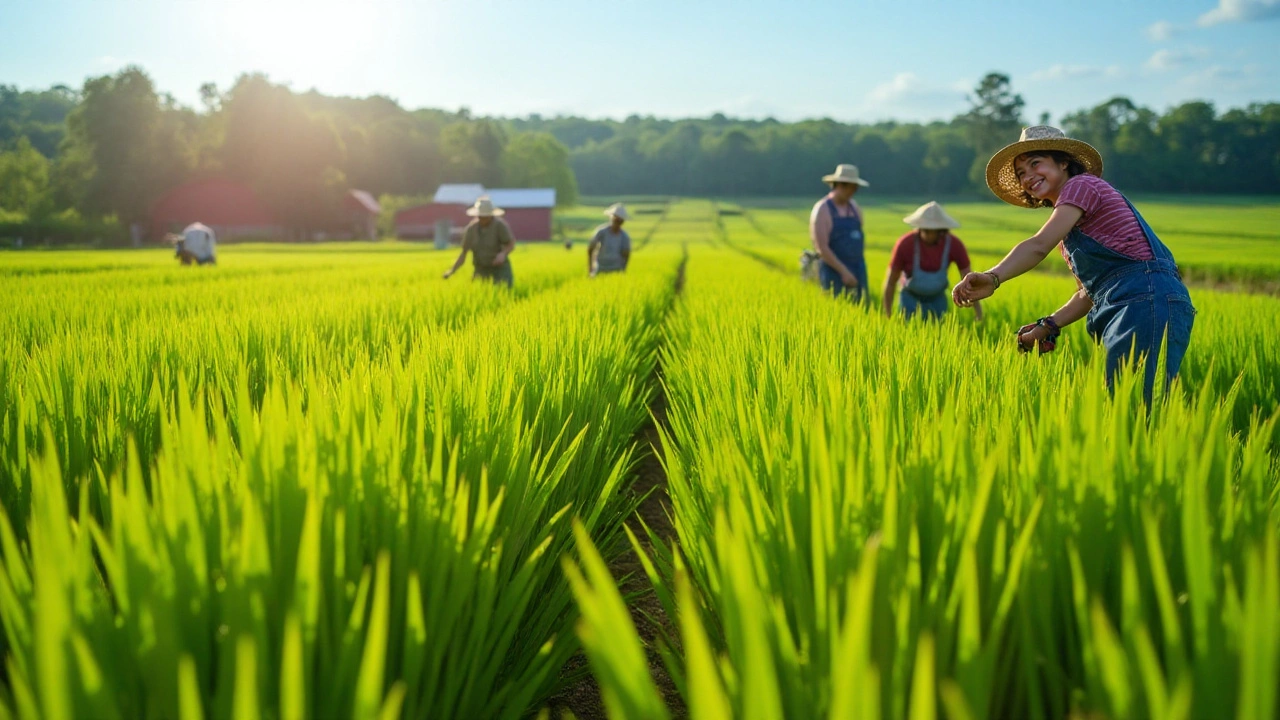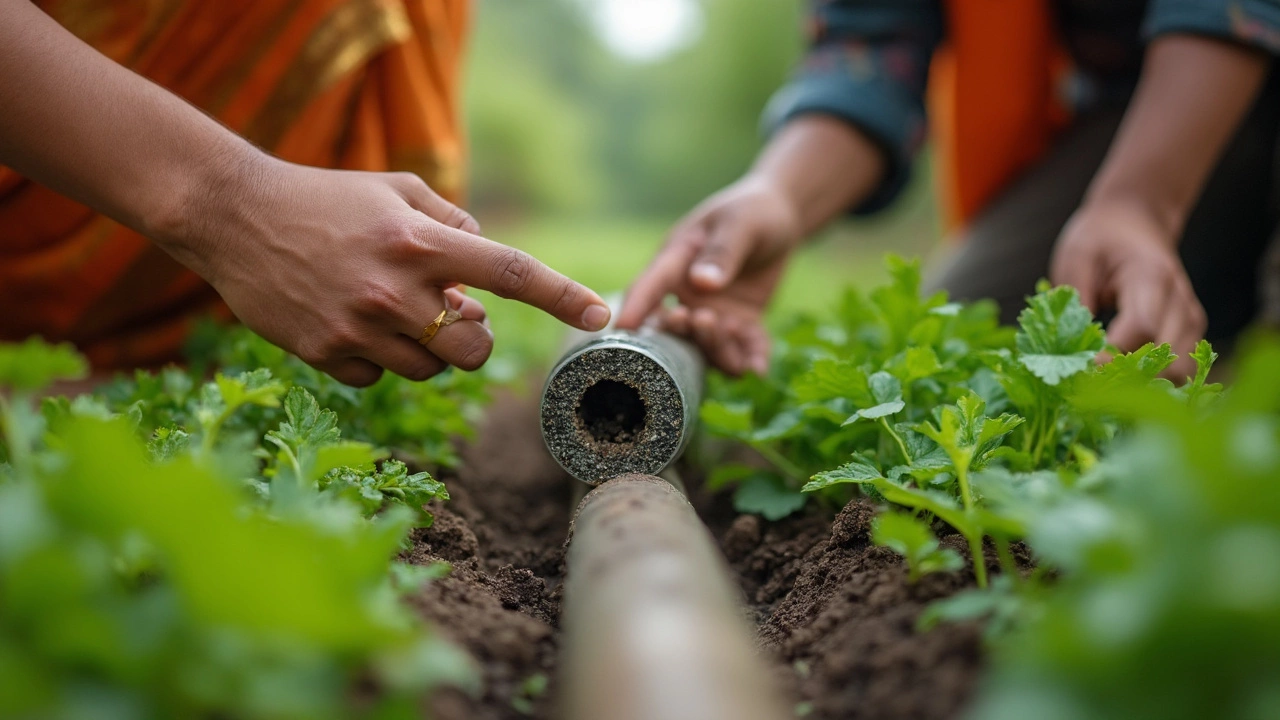Rare Indian Plants – Conservation, Cultivation & Care Guide
When exploring rare Indian plants, unique species that are hard to find in the wild or markets, often needing special attention to thrive. Also known as uncommon Indian flora, they represent a critical part of India's biodiversity and cultural heritage.
One of the biggest allies for preserving these species is sustainable agriculture, farming practices that balance productivity with ecological health. Sustainable agriculture requires careful crop selection, water management, and soil stewardship, all of which directly support the survival of rare Indian plants. When farmers adopt organic inputs and crop rotations, they create habitats where these plants can re‑establish without being outcompeted by invasive species.
The foundation of any successful plant program is garden soil, the living medium that supplies nutrients, water, and structure to roots. Rare Indian plants often demand well‑drained, slightly acidic soils rich in organic matter. Adding compost or biochar improves texture and microbial activity, which in turn boosts nutrient uptake. A simple soil‑moisture test can tell you if the medium is too compact or too dry—both conditions hinder delicate roots.
Delivering water efficiently is another game‑changer. drip irrigation, a low‑pressure system that places water directly at the root zone reduces evaporation and helps maintain consistent moisture levels. For rare Indian plants that are sensitive to overwatering, drip lines can be set to release just enough water during the cooler parts of the day, mimicking natural rainfall patterns found in their native habitats.
Pairing drip irrigation with no‑till gardening, a method that leaves soil undisturbed to protect structure and microbes further enhances root health. No‑till keeps the soil surface covered with mulch, which conserves moisture, suppresses weeds, and adds organic inputs as it breaks down. This approach enables rare Indian plants to develop deeper root systems and improves their resilience to climate stress.
India's varied climates—from the Himalayan foothills to the tropical south—mean the needs of rare plants differ across regions. In the north, cold‑hardy species may thrive in raised beds with stone mulch, while southern varieties often prefer shade‑loving spots under neem or banyan trees. Many of our recent guides, such as the expert tips on container garden watering and drip‑under‑mulch setups, offer practical steps you can adapt to these local conditions. By combining the right soil mix, watering schedule, and low‑impact cultivation methods, you can grow rare Indian plants even in limited urban spaces.
Below you’ll find a curated list of articles that dive deeper into each of these topics—from soil hydration tricks to sustainable farming case studies—so you can start protecting and nurturing India’s hidden botanical gems today.
Most Expensive Plant in India: Costliest Crops and Ornamental Plants Revealed
Discover which plant is the most expensive in India, why it's so valuable, and how people grow and sell these rare, high-cost botanical wonders.
- manufacturing
- India
- food processing
- garden tips
- rice cultivation
- government schemes
- balcony garden
- urban gardening
- balcony gardening
- profitable business
- business ideas
- plastic manufacturing
- drip irrigation
- plant care
- steel manufacturing
- sustainable gardening
- startup ideas
- steel industry
- flower gardening
- textile manufacturers






